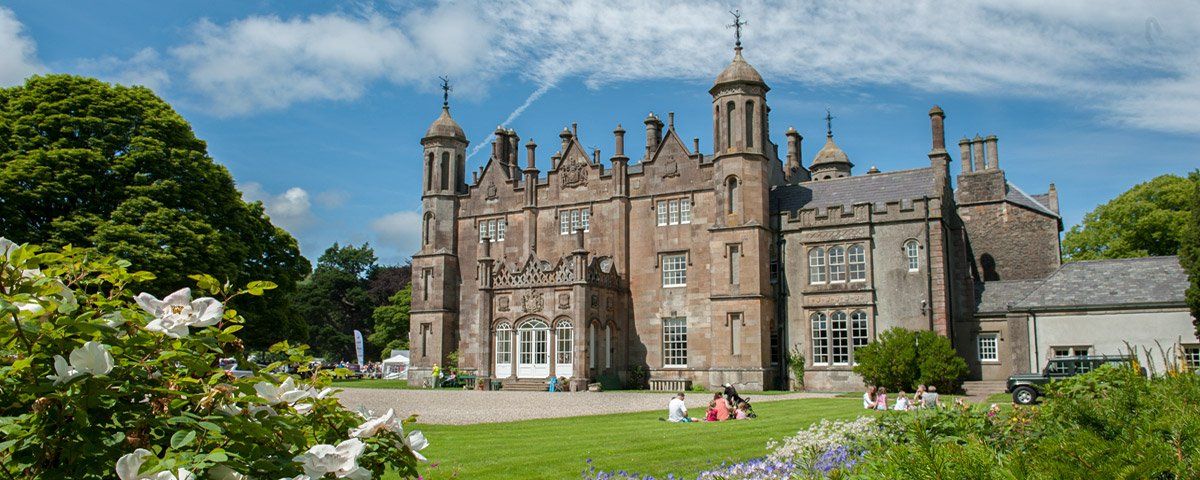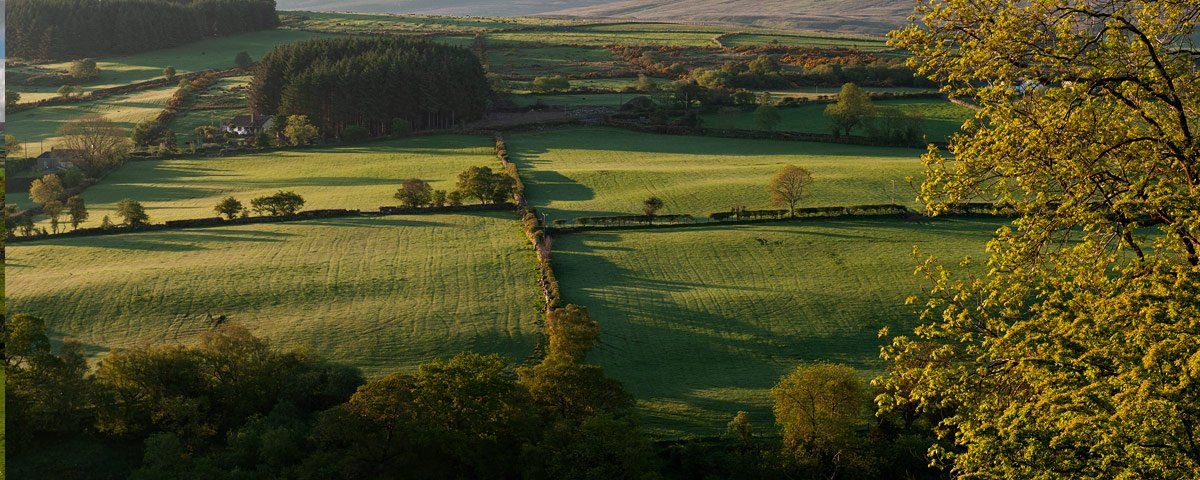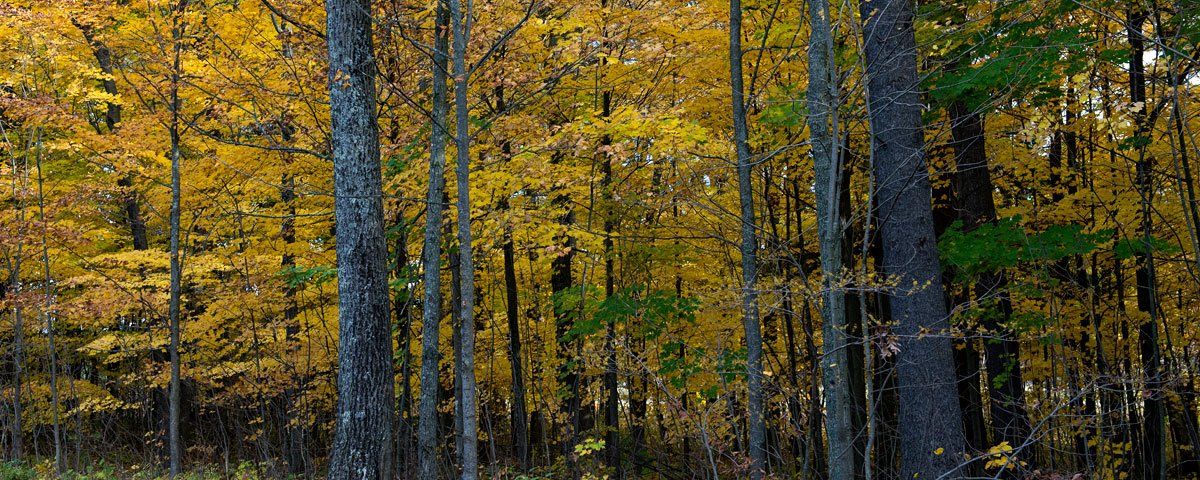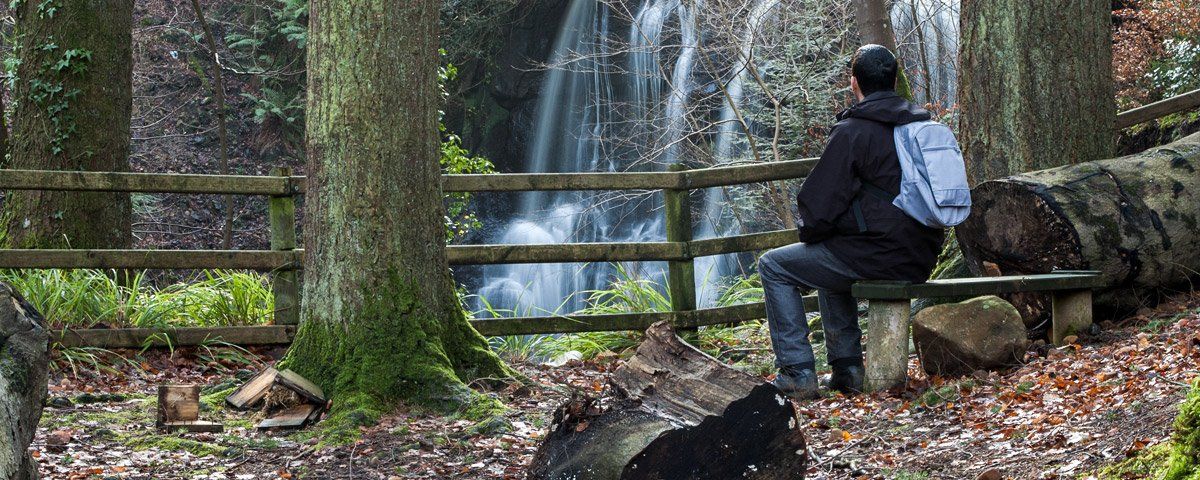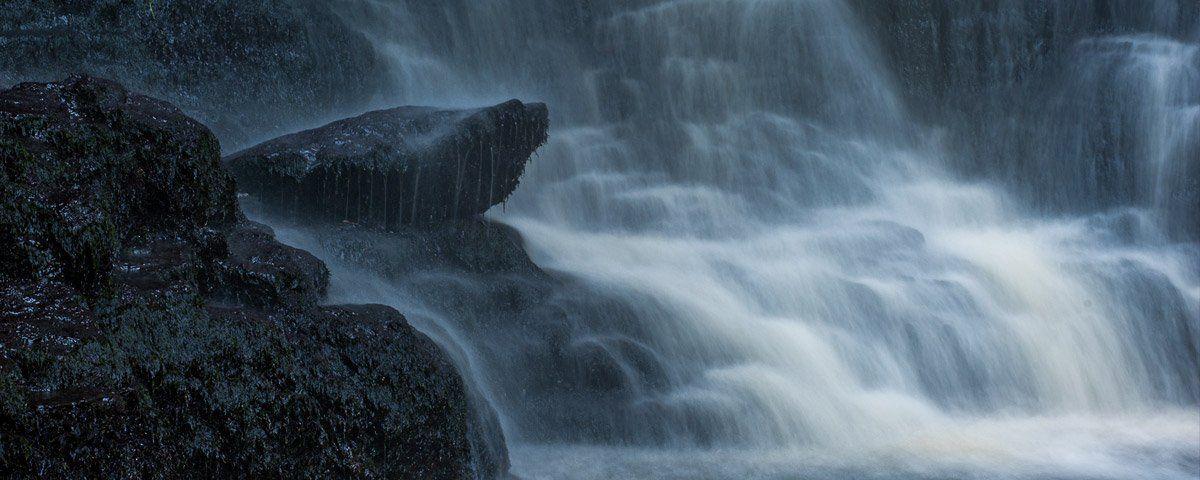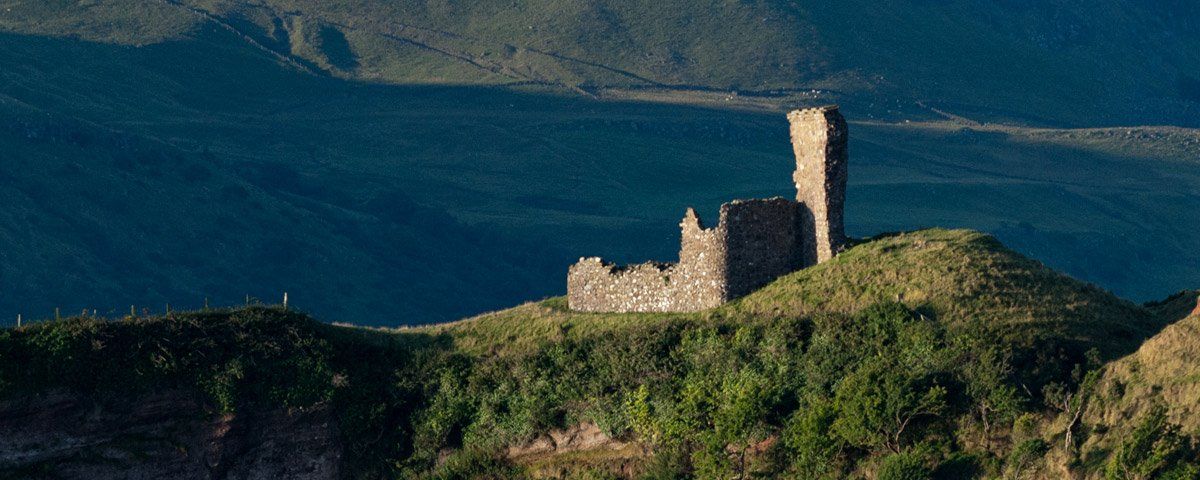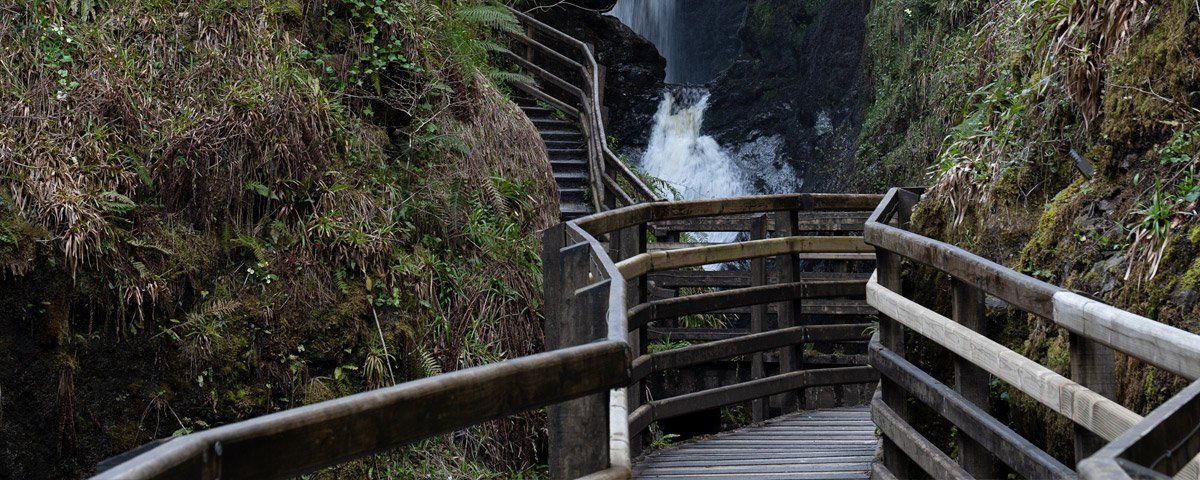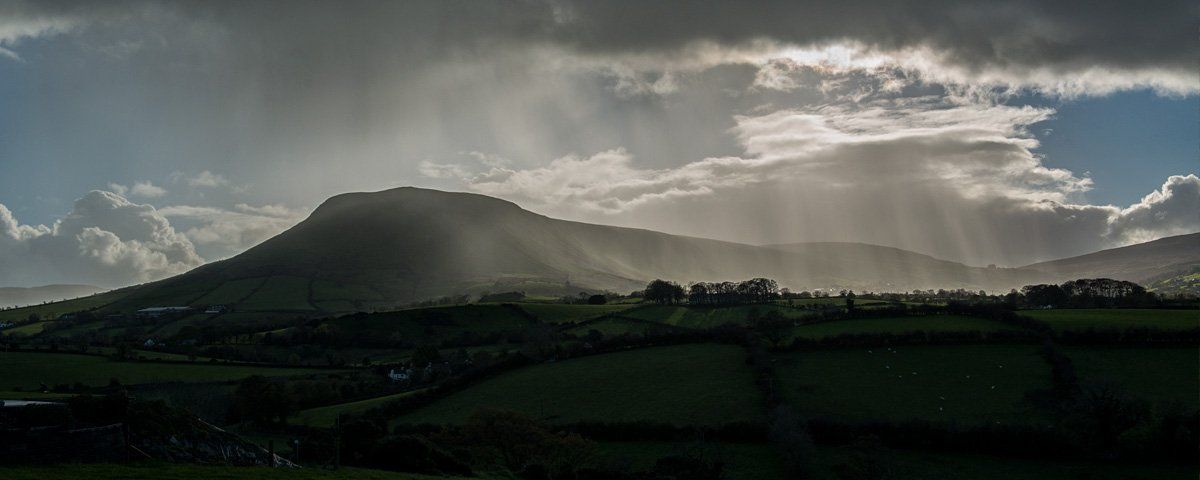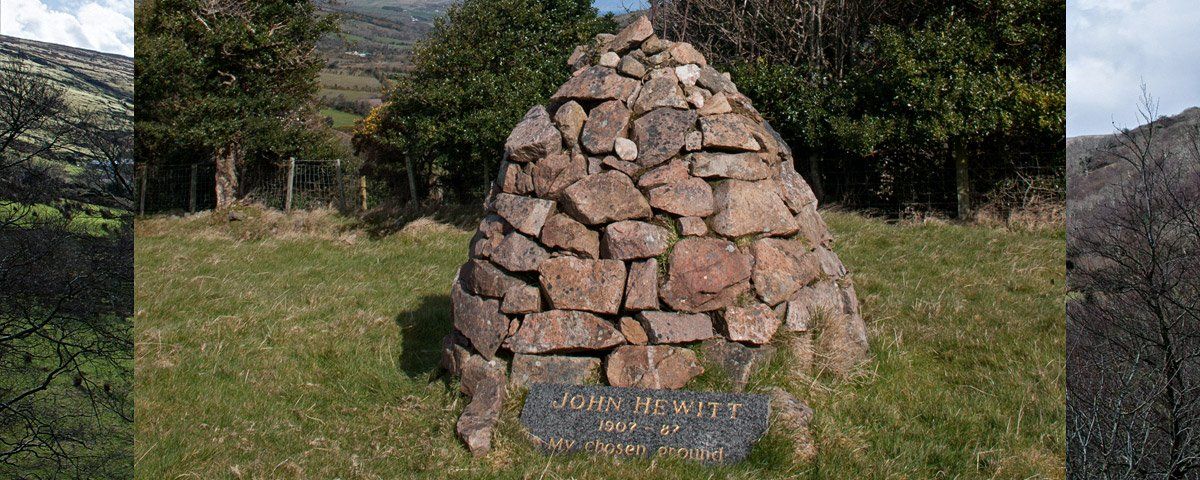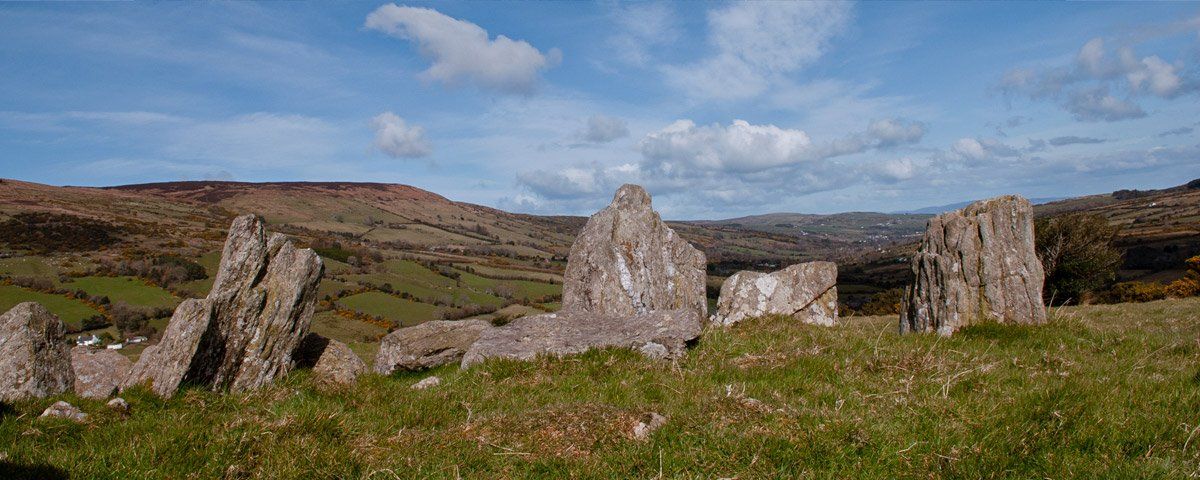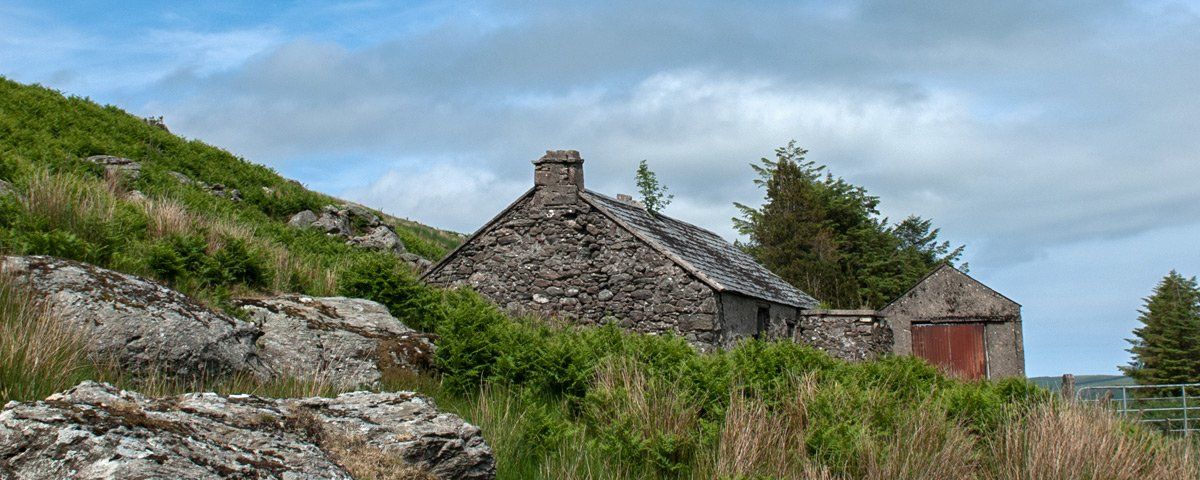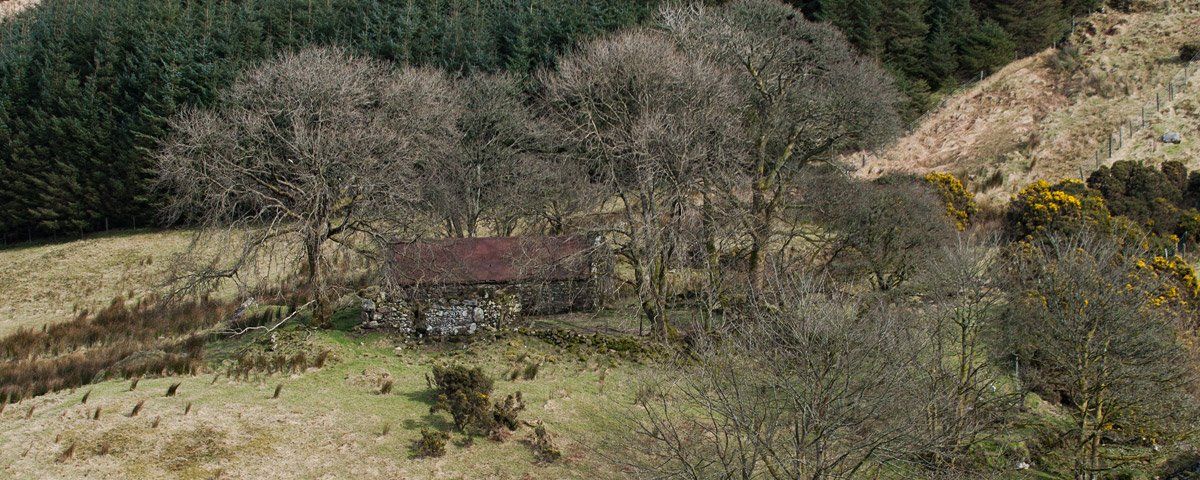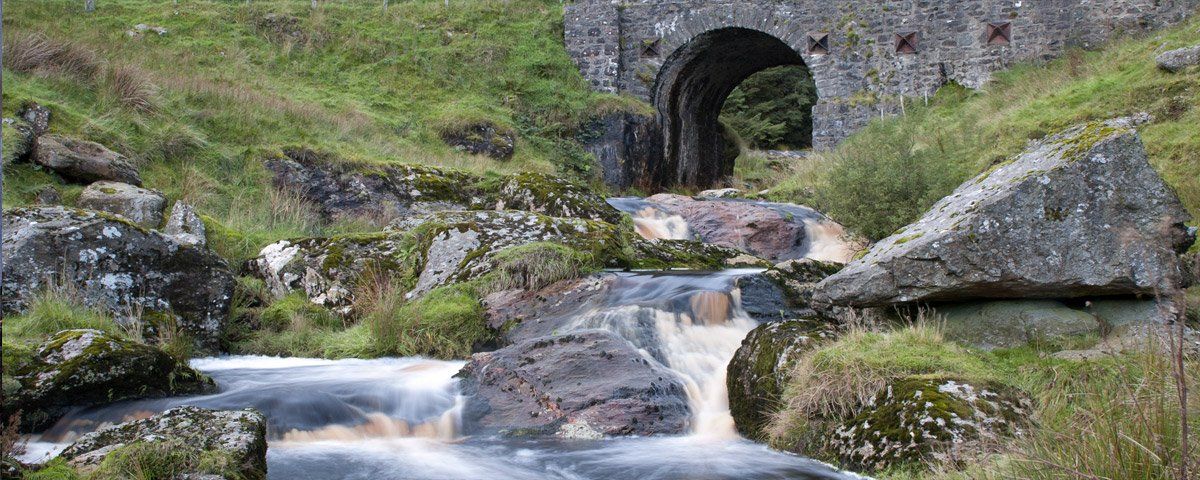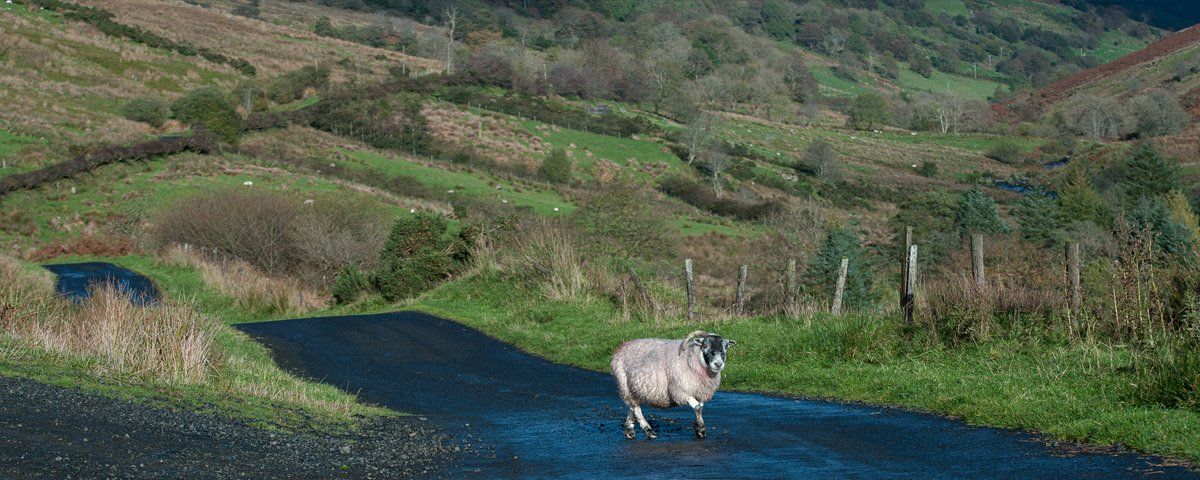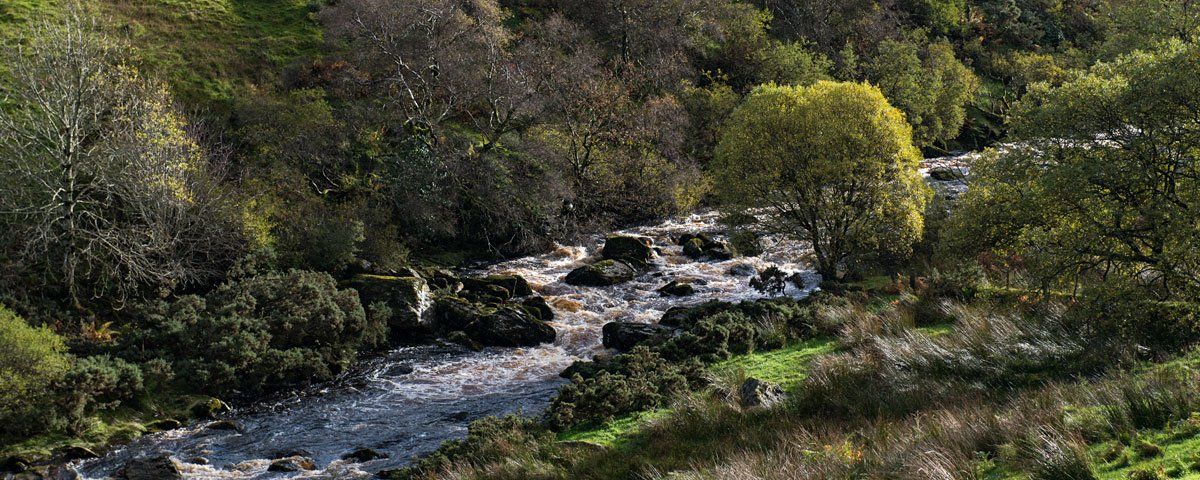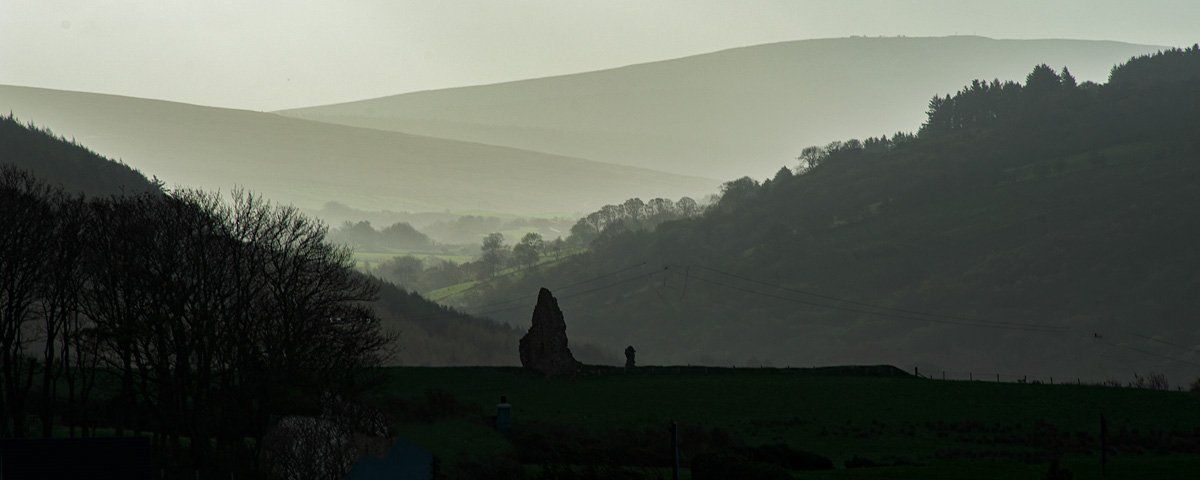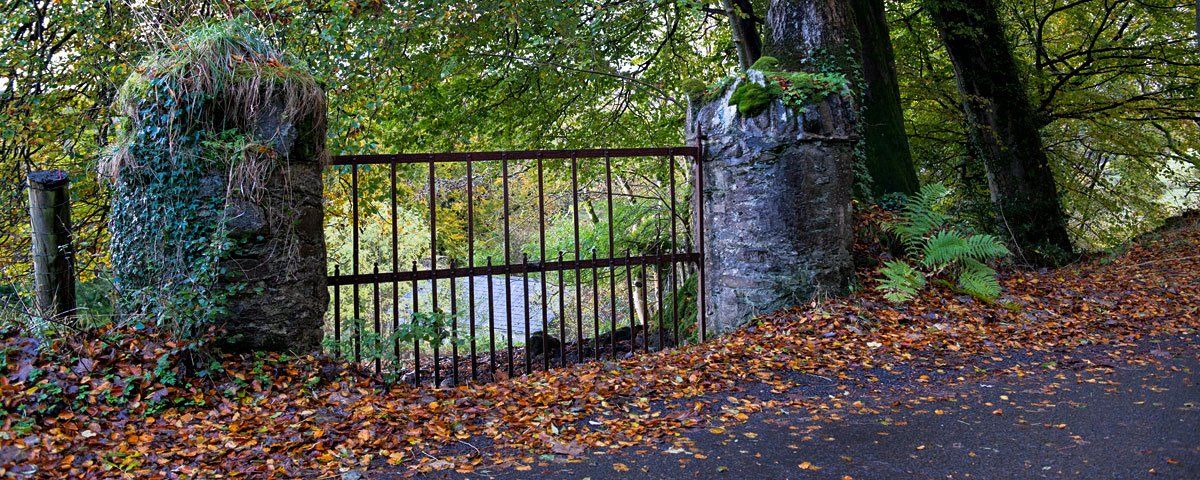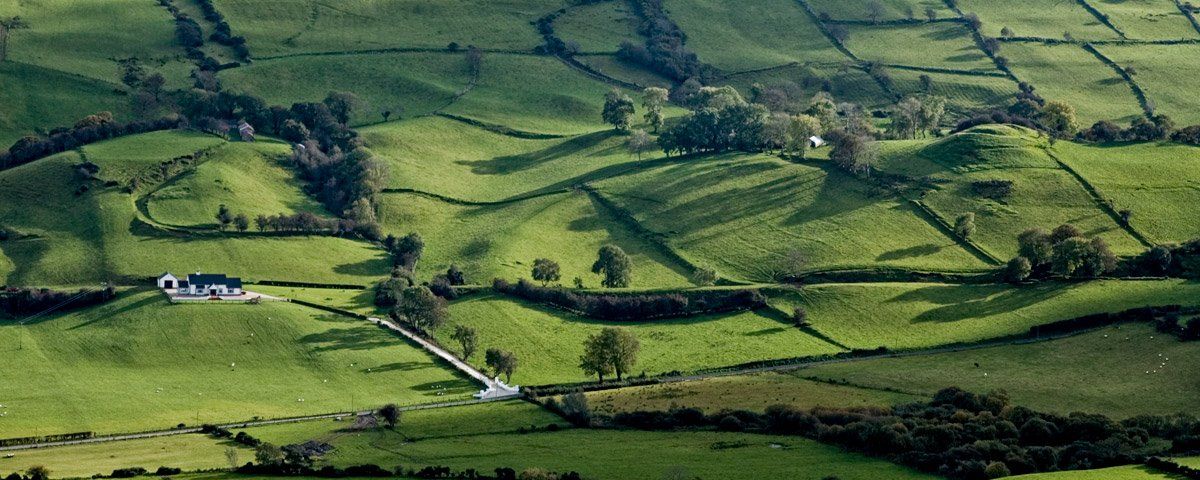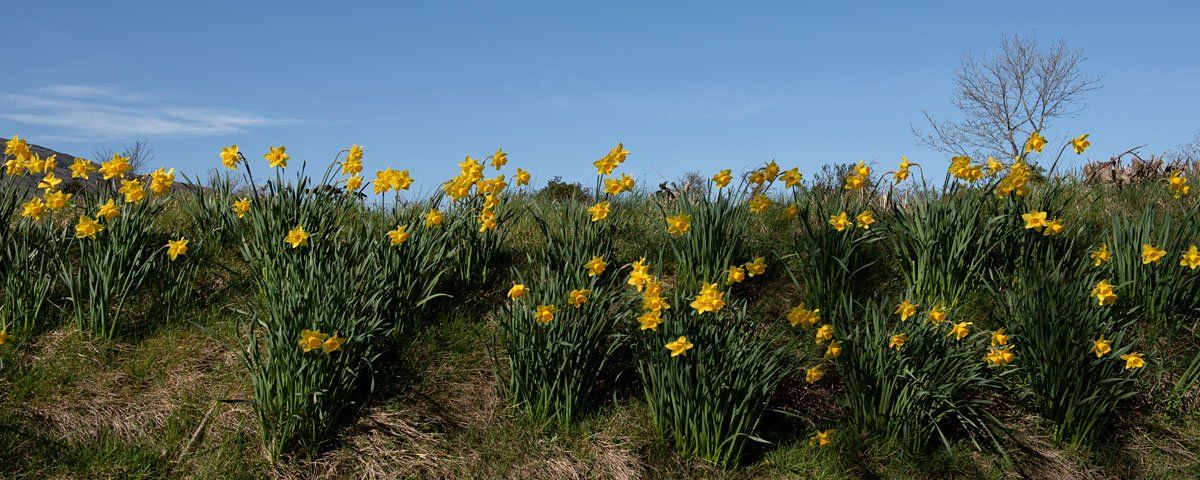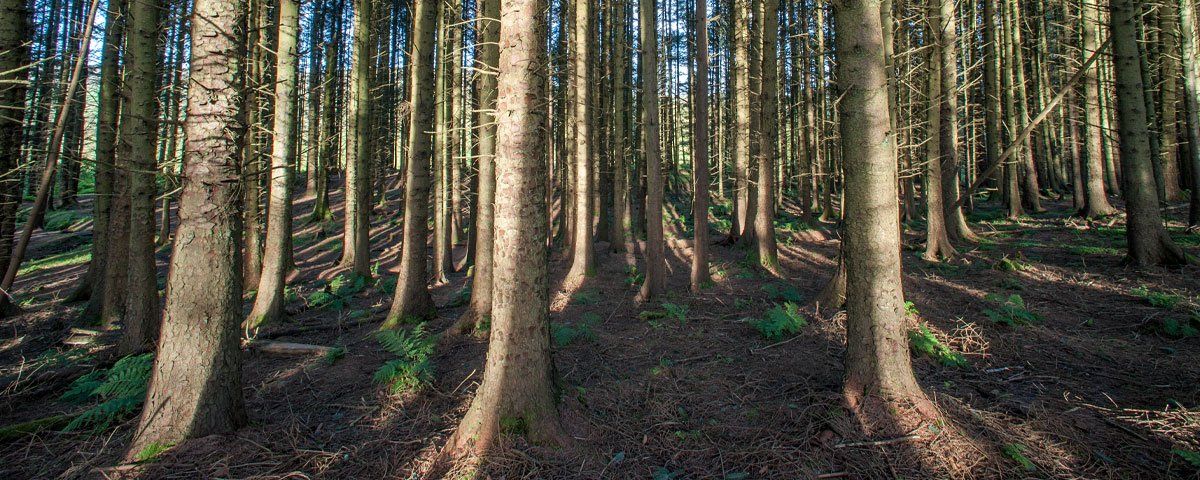A synopsis of the Nine Glens of Antrim which was made famous in several songs for their beauty and unique ambience. Eight of these glens feature in four of the scenic loop drives off the Causeway Coastal Route and one, Glencorp, has the main route passing through its entire length. Please check back from time to time as information will be added as it is found on each glen.
The accessibility of water in what was a densely forested landscape and the abundant deposits of flint, iron ore and limestone made the location attractive to early man. Excavations of one rath by the Department of the Environment shows occupation from 500 to 950AD. The Slemish Scenic Drive from Glenarm follows the glen up onto the Antrim plateau and Slemish mountain where St Patrick was held as a slave and where he returned to convert his ex master to Christianity. At the front of Glenarm Castle are the remains of the ancient church of Templeoughter where it is said the body of Shane O'Neill was buried after he was slain near Cushendun by the McDonnells in 1567.
A large sweeping glen which was in the past know as Glenclew. The glen has been inhabited since Neolithic times due to the abundant resources. It provided the raw materials for flint weapon production from the surrounding limestone cliffs of what is a raised beach. The limestone later attracted the development of the limestone industries that in turn brought about the development of the beautiful limestone harbour and village of Carnlough which lies at the outflow of the glen. The limestone extracted from the quarry was transported down to the shore by a gravity-fed railway system, the weight of the loaded wagons going down would pull up the empty ones.
A walk up from the harbour over the limestone bridge and along the remains of the old mineral railway line will bring you to the site of what was once a hive of local industry which employed around one hundred and fifty men. Today the site is well recovered by nature and provides an excellent reserve for wildlife as well as excellent walk, it is also the site of Cranny Falls'. As you drive up the glen, about two miles out on the left you will see a layby, this is Doonan Leap which has a viewing platform overlooking Doonan waterfall. For some spectacular views back over Carnlough I recommend a walk up from the harbour along the old mineral railway to Cranny Falls, on the drive up the glen stop at Doonan Leap to take in the view. This loop has a two-lane road, if you choose to go on to Slemish the roads get smaller.
A beautiful mystical glen that stretches from Aghan mountain and sweeps down between Tievebulliagh and Crocknacreeva to merge into Glencorp, gorgeous in the summer when the blooms of red fuchsia line the road. The most famous spot in the glen would have to be the court cairn known as Ossian's (Oisin) grave, the site is Neolithic in origin and reputed to have been where Ossian, the son of Finn MacCool was buried. The story tells of Oisin marrying Niamh and going to live in the mythical land of Tir na nOg, after a few years he became homesick and wanted to return to visit his family and home. Niamh agreed that he should return on her white horse, the same horse that carried them both to Tir na nOg on.
Tievebulliagh is another unique site, one of two in the north Antrim, the other one is on Rathlin Island, where porcellanite axe production and distribution took place from the Neolithic period. Examples of axes from here have been found in many parts of England, Scotland, Wales and Ireland. The cairn on top of Tievebulliagh dates to the bronze age. All along the glen, you will see the ruins of old cottages and farmsteads long-abandoned including the small hamlet or clachan of Knockbann which looks out across Glenaan and Glencorp.
All Rights Reserved | Art Ward

